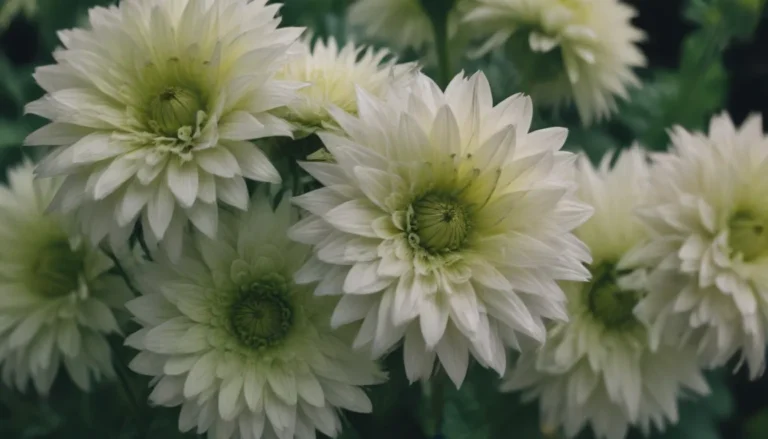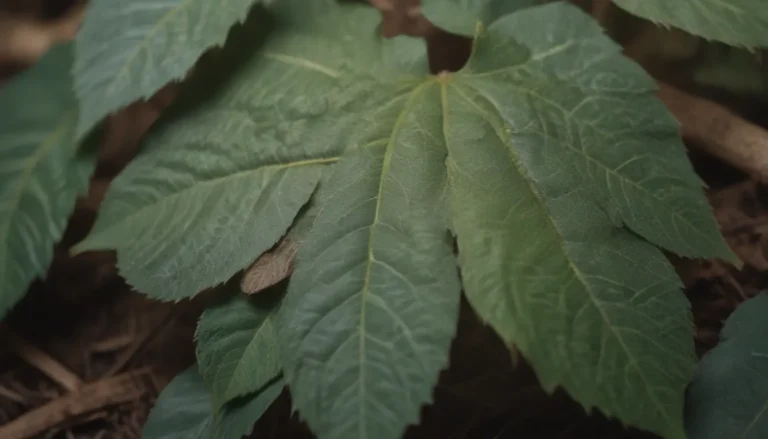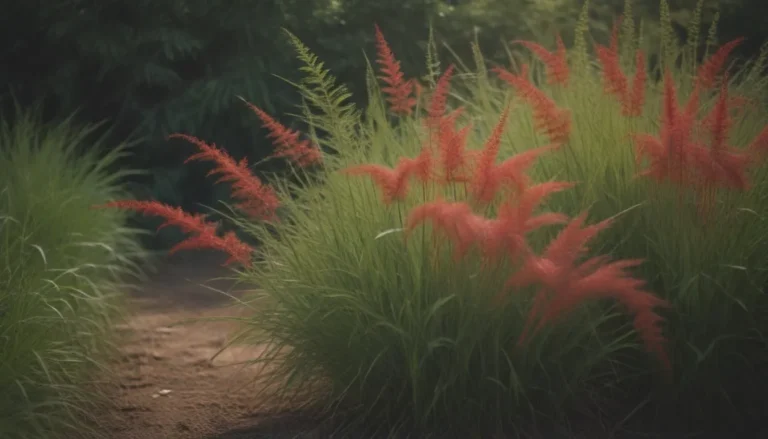Everything You Need to Know About Growing and Caring for Common Lilac (Syringa Vulgaris)

If you’ve ever walked past a garden filled with fragrant lilac blooms, you know how captivating their scent can be. Common lilacs, also known as Syringa vulgaris, are beloved for their beautiful flowers and easy maintenance. In this in-depth guide, we will explore everything you need to know about growing and caring for common lilacs to help you add these stunning plants to your landscape successfully.
Introduction to Common Lilac
The common lilac is a member of the olive family and is native to the Balkan Peninsula. Their abundant flower clusters have a heady fragrance that has been cherished for centuries. These plants made their way to northern Europe in the 1500s and eventually found their place in North America in the 1700s, where New Hampshire even designated them as the state flower.
Common lilacs are popular ornamental plants that require minimal care beyond annual pruning and fertilization. They make excellent landscaping additions, serving as border plants or hedges, and are stunning when showcased on their own.
Common Lilac Care
Let’s dive into the main care requirements for growing common lilacs:
Light
Plant your lilacs in an area that receives at least six hours of full sun each day. While lilacs can tolerate some shade, they won’t produce as many blooms without adequate sunlight.
Soil
Common lilacs prefer loamy, somewhat moist, neutral to slightly alkaline soil. Good drainage is crucial to prevent root rot and other diseases.
Water
While common lilacs can withstand occasional drought, they benefit from supplemental watering during hot, dry periods.
Temperature and Humidity
Common lilacs thrive in USDA growing zones 3 through 7, preferring moderate to cool temperatures in the summer and freezing temperatures in the winter. They tolerate moderate to low humidity but struggle in high humidity environments.
Fertilizer
Test your soil before fertilizing your lilacs. Unless a specific nutrient deficiency is identified, you likely won’t need to fertilize your plants for several years. Excessive nitrogen can harm lilacs, so proceed with caution when adding fertilizers.
Types of Common Lilac
Common lilacs come in a variety of colors and make a stunning addition to any landscape. Some popular varieties include:
- ‘Albert F. Holden’
- ‘Andenken an Ludwig Spaeth’
- ‘Avalanche’
- ‘Beauty of Moscow’
- ‘Belle de Nancy’
- And many more!
Pruning Common Lilac
Proper pruning is essential to maintain the health and shape of your common lilacs. These plants typically reach heights of 12 to 16 feet and widths of 8 to 12 feet, depending on the variety. It’s recommended to prune your lilacs just after the blooming period to ensure optimal growth and bud-setting for the following season.
Propagating Common Lilac
Common lilacs can propagate through suckers. Here’s how you can propagate them successfully:
- Identify healthy suckers on your lilac plant
- Cut the sucker at its base using clean, sharp pruning shears
- Transplant the sucker to a well-draining location in your garden
- Water the transplanted sucker regularly until it establishes itself
How to Encourage Blooming
If you’re looking to maximize blooms on your common lilac plant, consider the following tips:
- Plant multiple varieties to extend the blooming period
- Ensure your lilac receives full sunlight
- Prune the plant regularly to promote new growth
By following these steps, you can create a stunning display of lilac blooms in your garden that will last for weeks.
Common Pests and Diseases
Common lilacs are susceptible to various pests and diseases, including aphids, powdery mildew, and fungal dieback. To protect your plants, provide optimal growing conditions, monitor regularly for issues, and address any signs of disease promptly.
Lilacs can also attract beneficial pollinators such as bees, birds, and butterflies to your garden, enhancing its overall ecosystem.
How to Grow Common Lilac from Seed
While common lilacs can be grown from seed, the process can be time-consuming. Follow these steps to grow common lilac from seeds successfully:
- Harvest seeds from mature lilac flowers
- Prepare a suitable propagation medium
- Plant the seeds and provide adequate sunlight and water
- Transplant the seedlings once they’re established
By following these steps, you can grow common lilacs from seeds and add them to your garden with patience and care.
Potting and Overwintering Common Lilac
For those looking to grow common lilacs in containers, consider choosing dwarf varieties that are suitable for potting. When preparing your lilac for winter, ensure it’s well-watered and mulched to protect the roots from freezing temperatures.
Conclusion
In conclusion, common lilacs are beautiful, low-maintenance plants that can add a touch of elegance and fragrance to your landscape. By following the care tips outlined in this guide, you can successfully grow and care for common lilacs in your garden.
Whether you’re a seasoned gardener or a beginner looking to add a pop of color to your outdoor space, common lilacs are a fantastic choice. Their stunning blooms and delightful fragrance will bring beauty and charm to your garden for years to come. So, roll up your sleeves, grab your gardening tools, and get ready to transform your outdoor space with the enchanting beauty of common lilacs.





